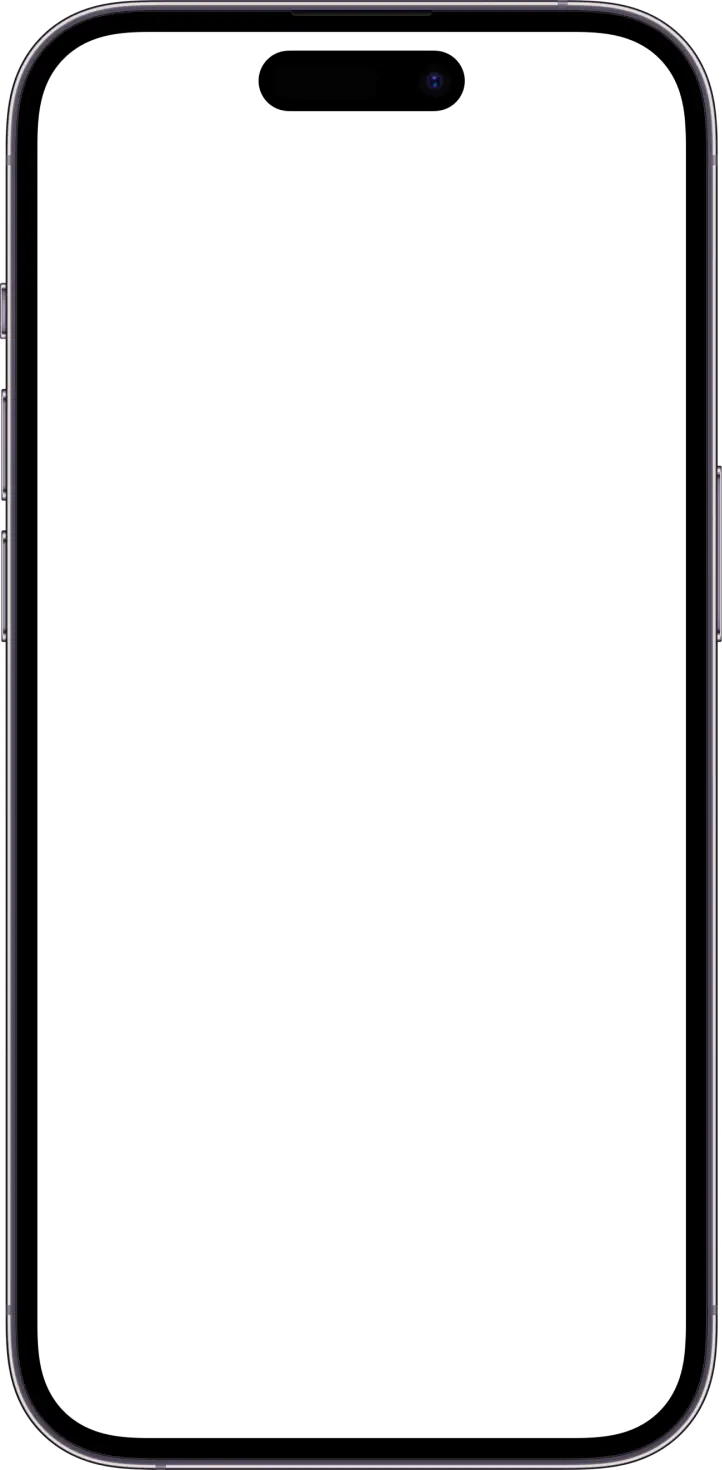Calendar BOOKING software
Optimising the calendar with a new front-end framework
As Timely’s north star focuses around bookings, one of our focus areas for 2023 was to redesign the calendar, which is a core feature of the platform. To achieve this goal, we conducted discovery research to validate assumptions and hypotheses on how and why customers use the calendar. The research also helped fill knowledge gaps in areas where little to no information was available from a customer perspective.
Timeline
From explorations to final designs it took about 6 months (not including development)
Background
As a result of rebuilding the calendar, we were able to do a slight UX/UI facelift for our customers at the same time. Leaning into best UX/UI practice we were able to make some decisions to improve our calendar layout, appointment slots and the appointment popover.
Team
Product designs (Filip Wos & Kat Jones), UX Architect, Engineer team, Product Manager
This category details the step-by-step approach taken during the project, including research, planning, design, development, testing, and optimization phases.
Research & Planning
We invested a lot into research for this project, given the calendar is a core piece of Timely's product. Product canvases, assumption mapping, research plans, pre desk research, customer interviews, post desk research, insane affinity mapping, resulting in core JTBD, customer journeys, diary studies and beta research. Our core audience base was customer cross NZ, AU and UK with a focus on customers with 1-24 staff from the beauty and wellness industry.
Design & Prototyping
Collaborated with UX specialists and product designers to create intuitive user interfaces and interactive prototypes. Iteratively refined designs based on user feedback to enhance usability and visual appeal.
Implementation
Leveraged agile development methodologies and learning a new front-end framework the product team worked to build the calendar from the ground up. Iteratively we created feature parity with the old calendar while including all the enhancements and insight discovered from the research and user testing.
Testing & Optimization
Conducted rigorous testing across various devices and platforms to ensure compatibility and performance. Gathered user feedback through beta testing and iteratively optimised the calendar based on usability metrics and user satisfaction.
There was also a large beta testing group with the research aim to see if there were any usability issues, and bugs in the new calendar, what was the mental model of the users if they need to default back to the old calendar and to validate our assumptions.
There was 15 businesses, across NZ, AU and UK participating in the test group, 14 day period where we conducted a diary study to keep up to date. We gain a lot of valuable insights that resulted in the outcome you see today.



The resulting calendar face-lift offers a seamless user experience, allowing individuals and businesses to effortlessly manage their client appointments, with a high focuse on improving accessibility. Key features improvements include:
Colour and type accessibility
Elevated colour contrast, clearer typography, and enhanced iconography accessibility (notably on handheld devices) all played a part in refining the user experience.
Icon recognition
Many symbols on the calendar assist in communicating information, yet our customers did not fully grasp their meaning. User testing feedback enabled us to enhance the symbols that were generating confusion.
Simplicity or core information
Through the utilisation of data and consumer interviews, we distinguished which aspects of the calendar were frequently utilised and contrasted them with less popular features. This delivered clear guidance for enhancing the usability and interface of the calendar.






Increased Efficiency
Users report significant time savings and improved productivity through the optimised calendar experience.
Positive User Feedback
When the customers adjusted to the updates in the calendar, they adored the experience. It required some time for them to become accustomed to it, but once they acclimated, they found it significantly simpler to utilise and scan the calendar for different appointment types.
Growing User Base
Timely has over 25,000 businesses using their product and this calendar was rolled out to everyone using the web app, regardless of business size.





